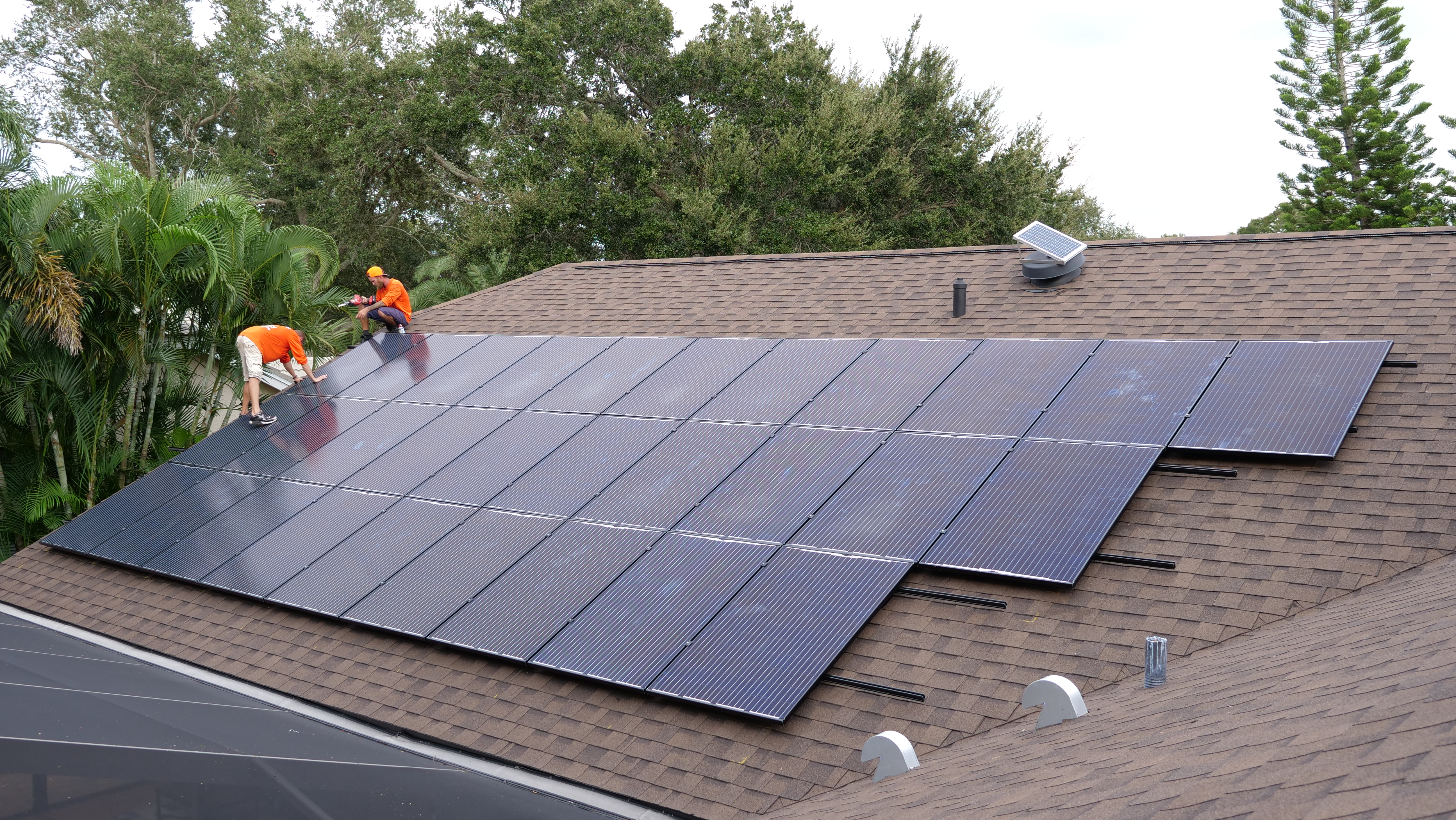Once you install solar panels and battery storage, there’s very little you need to do to maintain them. That doesn’t mean you’re completely done after installation, however. It’s important to ensure you have all the required paperwork in place to protect your investment, make sure you benefit from all the federal and state incentives available, and enjoy the most savings possible from your solar panels.
Here’s a look at seven key pieces of paperwork you need to collect and complete to get the biggest financial benefits from your solar panels and/or battery storage and to protect your investment.
1. Your warranty
Solar panels are designed to last. The average lifespan of a residential rooftop solar system is 25 to 30 years. Even though failures are rare, it’s important to protect your investment with a warranty. There are usually two types: a product warranty and a performance warranty.
-
A product warranty covers your panels if anything happens to them (e.g., if a panel fails and needs replacement). Most manufacturers provide at least a 10-year product warranty from the date of installation. Panasonic’s product warranty covers your panels for 25 years.
-
A performance warranty covers the power output of your panels. Your panels will produce slightly less power every year after installation, which is normal and expected. A reputable manufacturer will cover this in their warranty. Most guarantee at least 80% of the original power output by the end of the warranty term.
2. Your permission to operate (PTO)
Before you can activate your new solar system, your local electric utility will need to inspect and approve it. At the end of the inspection, you should receive “Permission to Operate,” which allows you to switch on your system. Your installer will manage this process for you. Typically, it takes about one to two weeks to receive permission to operate after installation.
3. Application for the federal investment tax credit
The federal investment tax credit (ITC) allows you to deduct 30% of the total cost of installing a solar and/or battery storage system from your federal taxes. There is no cap on the value of the credit and no income limit. If you don’t have enough tax liability to claim the entire credit in one year, you can roll the remaining credit over to future years.
Eligible expenses for the ITC include your solar panels and associated equipment, such as inverters and mounting systems; installation costs, including permitting fees, inspections costs, and developer fees; energy storage devices such as solar batteries; and sales taxes on eligible expenses.
To claim the ITC, you need to complete IRS Form 5695 for Residential Energy Credits. You’ll need to include the total gross cost of your system after any cash rebates and then determine your tax liability to calculate the value of your credit in year one. Then you’ll also need to add this number to your regular IRS 1040 tax form.
4. Your property tax exemption
Adding solar to your home can increase the value of your property. A 2019 study by Zillow suggests that homes with solar panels sell for 4.1% more than homes without. That doesn’t mean that your property taxes will increase — 36 states have some type of solar panel-related property tax exemption. In Florida for example, there is a 100% property tax exemption for residential solar and batteries.
The process for claiming a property tax exemption varies by state and region, so it’s a good idea to speak to your installer about how you can benefit from this incentive.
5. Your home insurance policy
Many home insurance policies cover solar panels, so going solar is unlikely to change your plan or increase your premiums. That said, every insurance company is different, and some may not cover ground-mounted solar panels or a solar carport.
At the same time, solar is a valuable investment in your home. Check with your insurance company to make sure you have adequate coverage in the event of damage to or loss of your solar system.
6. Application to your local net metering program
If you don’t have a battery to store extra power from your solar panels, that energy could go to waste. Net metering programs allow you to feed any surplus power back into the grid for credits that you can use to save on power that you draw from the grid when your panels aren’t producing electricity. Almost all states have net metering policies. Contact your utility to understand what programs they offer and how you can sign up.
7. Application(s) for local incentives
Some states and utility companies offer their own incentives, such as rebates and additional tax credits. Take a look at the Database of State Incentives for Renewables and Efficiency to learn what other incentives may be available to you. Your installer can also help you understand state and local incentive programs.
An experienced installer can help you make sure all your paperwork is in order and you’re getting all available incentives. Get started by finding a vetted Panasonic authorized installer in your area.





